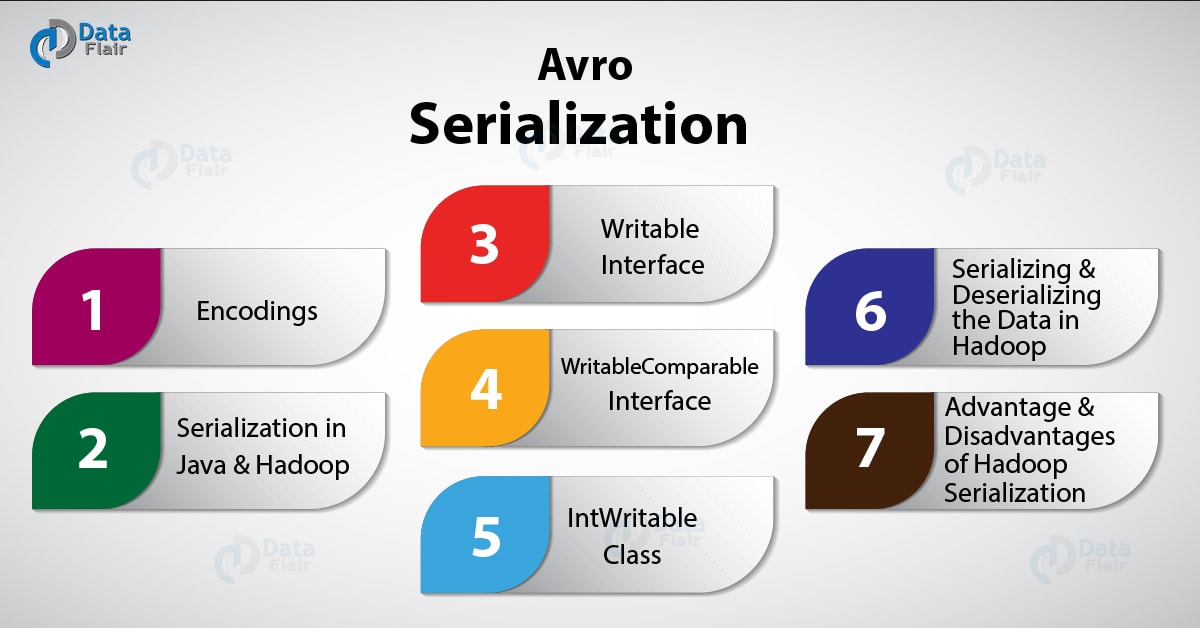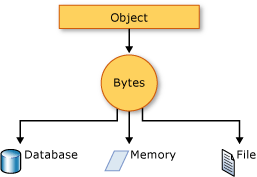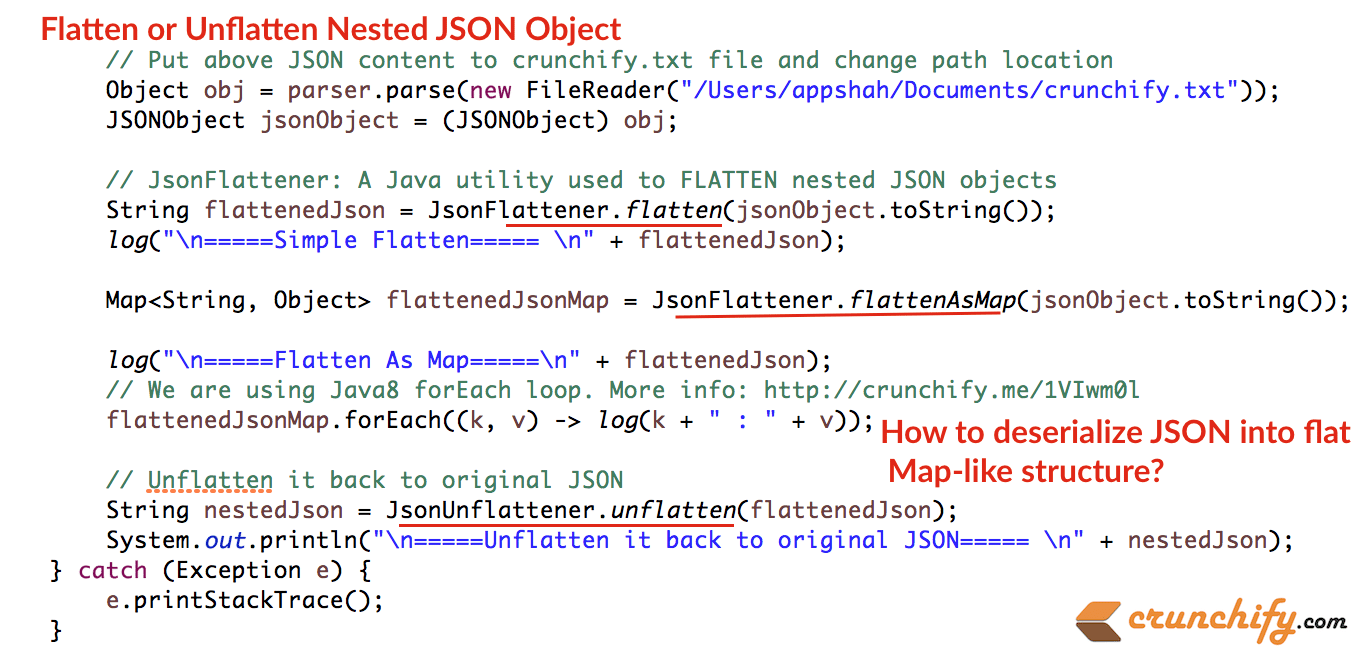
There are three considerations in tuning memory usage: the amount of memory used by your objects
#JAVA SERIALIZATION DATA VERSION 5 FULL#
The full class name with each object, which is wasteful. To hold the largest object you will serialize.įinally, if you don’t register your custom classes, Kryo will still work, but it will have to store If your objects are large, you may also need to increase the config.
#JAVA SERIALIZATION DATA VERSION 5 REGISTRATION#
Registration options, such as adding custom serialization code. The Kryo documentation describes more advanced registerKryoClasses ( Array ( classOf, classOf )) val sc = new SparkContext ( conf ) To register your own custom classes with Kryo, use the registerKryoClasses method. In the AllScalaRegistrar from the Twitter chill library. Spark automatically includes Kryo serializers for the many commonly-used core Scala classes covered Since Spark 2.0.0, we internally use Kryo serializer when shuffling RDDs with simple types, arrays of simple types, or string type.

Registration requirement, but we recommend trying it in any network-intensive application. The only reason Kryo is not the default is because of the custom

Nodes but also when serializing RDDs to disk. This setting configures the serializer used for not only shuffling data between worker You can switch to using Kryo by initializing your job with a SparkConfĪnd calling t("rializer", ".KryoSerializer"). Serializable types and requires you to register the classes you’ll use in the program in advance Kryo is significantlyįaster and more compact than Java serialization (often as much as 10x), but does not support all

The Kryo library (version 4) to serialize objects more quickly. Java serialization is flexible but often quite slow, and leads to large You can also control the performance of your serialization more closely by extending With any class you create that implements It provides two serialization libraries:īy default, Spark serializes objects using Java’s ObjectOutputStream framework, and can work Spark aims to strike a balance between convenience (allowing you to work with any Java type Often, this will be the first thing you should tune to optimize a Spark application. Serialization plays an important role in the performance of any distributed application.įormats that are slow to serialize objects into, or consume a large number ofīytes, will greatly slow down the computation. Performance and can also reduce memory use, and memory tuning. This guide will cover two main topics: data serialization, which is crucial for good network Most often, if the data fits in memory, the bottleneck is network bandwidth, but sometimes, you

Because of the in-memory nature of most Spark computations, Spark programs can be bottleneckedīy any resource in the cluster: CPU, network bandwidth, or memory.


 0 kommentar(er)
0 kommentar(er)
